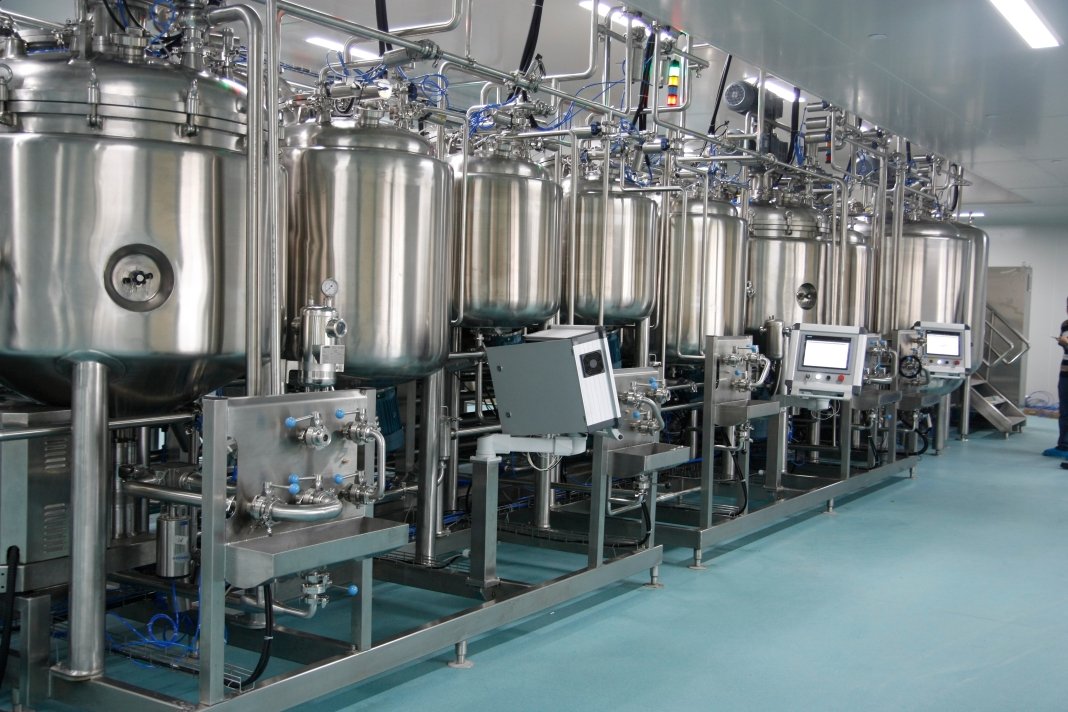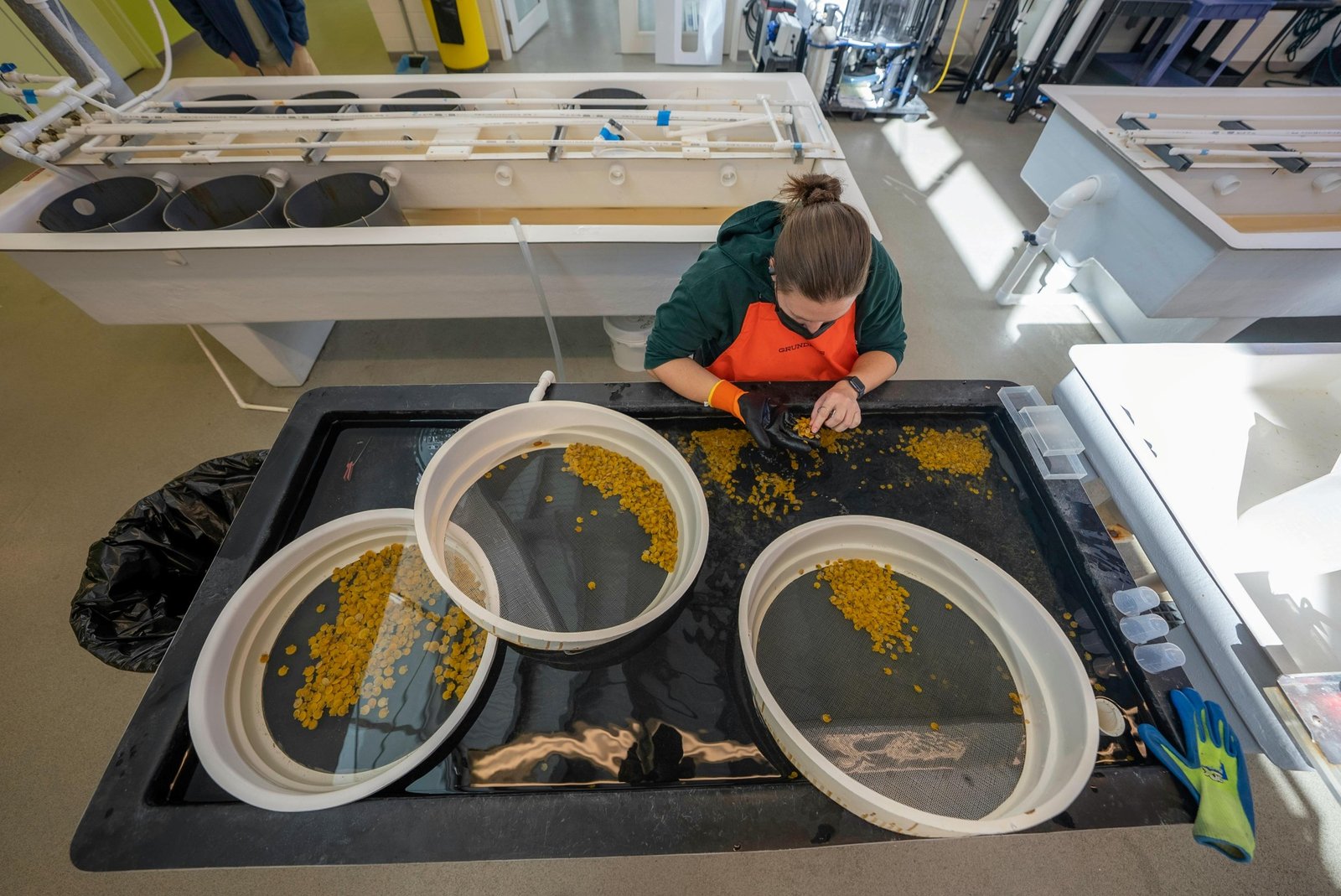How Do Seasonal Ingredients Affect Your HACCP Plan?
In many food manufacturing businesses, seasonal ingredients are a key part of product offerings—whether it’s tropical fruits, herbs, spices, or limited-edition blends.
But with changing ingredients comes changing hazards—which can have a direct impact on your HACCP plan.
Let’s break down why seasonal variations require careful food safety review, and how you can protect your system without compromising product creativity.
🌱 What Are Seasonal Ingredients?
-
Ingredients available only during specific months or seasons
-
Common examples:
-
Fresh mango, durian, jackfruit, rambutan
-
Seasonal leafy greens or herbs
-
Festive-specific fillings or condiments
-
-
Often sourced from different suppliers, regions, or countries than usual
⚠️ How Seasonal Ingredients Impact Food Safety
1. New or Unknown Hazards
-
Different regions = different risks:
-
Water source contamination
-
Soil heavy metal content
-
Use of unapproved pesticides
-
-
Foreign suppliers may have different hygiene standards
2. Change in Allergen Risk
-
Swapping ingredients may introduce new allergens (e.g. nuts, dairy, sesame)
-
Allergen declarations may need updating
3. Labeling Issues
-
Temporary or custom packaging might:
-
Have incorrect or missing ingredient lists
-
Omit allergen warnings
-
Be rushed and not properly verified
-
4. Processing Adjustments
-
Seasonal ingredients may need:
-
Different cooking times
-
Extra sorting, peeling, or trimming
-
More intense washing or inspection
-
5. Storage & Shelf Life Changes
-
Perishability may differ from standard stock
-
May require:
-
Cold chain reevaluation
-
Adjusted inventory rotation
-
Modified expiry dates
-
✅ How to Adjust Your HACCP Plan for Seasonal Ingredients
1. Update Your Raw Material Hazard Analysis
-
Add new ingredients to:
-
Ingredient list
-
Incoming inspection plan
-
Supplier approval list
-
2. Review Supplier Certifications & Documentation
-
Request:
-
Updated HACCP or GMP certificates
-
Lab test results for microbial or chemical risks
-
Country-of-origin statements
-
3. Re-Evaluate PRPs and OPRPs
-
Check if:
-
Existing cleaning procedures are adequate
-
Cross-contact risk increases
-
Additional checks are needed at receiving or processing
-
4. Validate Process Changes
-
Trial runs to confirm:
-
Heat treatment is still effective
-
Metal detection or sieving works with new texture or density
-
No negative effect on CCP performance
-
5. Update Allergen Control & Label Verification
-
Cross-check:
-
New allergen presence
-
Label accuracy for temporary packaging
-
Storage segregation needs
-
6. Train Your Team
-
Conduct refresher training on:
-
Special handling or hygiene needs
-
Modified SOPs or new checks
-
Allergen awareness if ingredients change
-
📄 Documents That May Need Revision
-
HACCP flow diagram
-
Hazard analysis table
-
CCP validation records
-
Allergen matrix
-
Ingredient specifications
-
Incoming inspection SOP
-
Supplier approval list
❗ Common Mistakes to Avoid
-
❌ Assuming seasonal ingredients have the same risks as regular ones
-
❌ Failing to update product labels or allergen statements
-
❌ Overlooking changes in shelf life or storage conditions
-
❌ Not updating supplier documentation
-
❌ Launching seasonal products without HACCP review
🏁 Final Thoughts
Seasonal ingredients can add variety and excitement—but they also introduce new food safety risks.
Your HACCP plan must be a living document—flexible enough to adjust with ingredient changes and robust enough to maintain safety at every step.
Need help updating your HACCP plan for seasonal product launches?
At CAYS Scientific, we help food manufacturers and SMEs across Malaysia integrate seasonal ingredient risk controls, supplier validation, and allergen updates into their HACCP systems. Contact us today for expert support that meets both safety and market demands.




